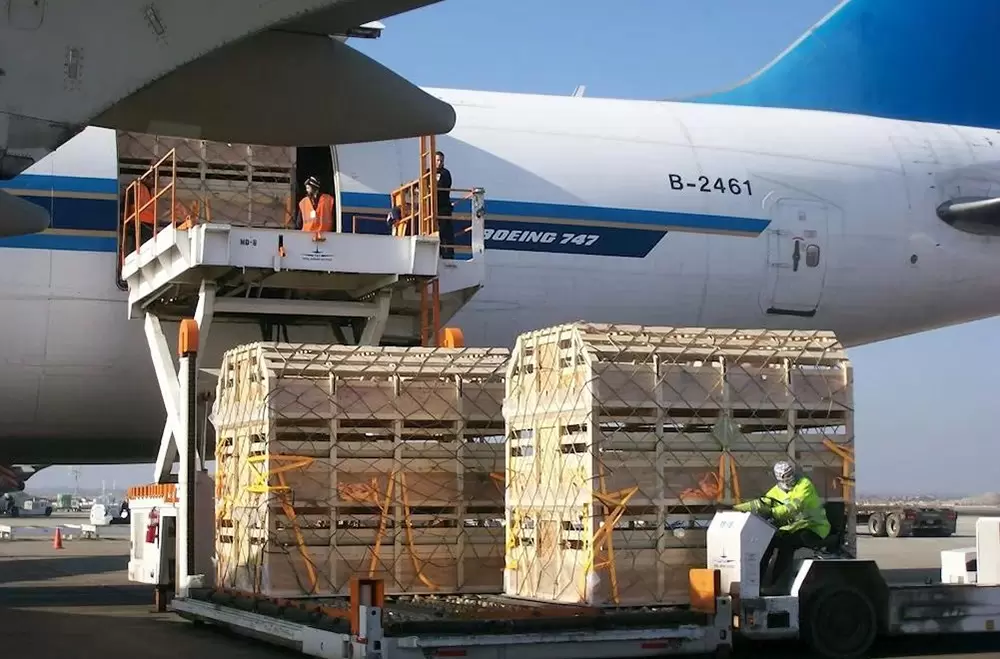Container shipping has revolutionized the global trade industry, providing a cost-effective and efficient means of transporting goods across vast distances. However, like any other method, it is not without its drawbacks. In this article, we will delve into the disadvantages of container shipping, shedding light on the challenges faced by this widely adopted mode of transportation.
- Limited Flexibility:
One of the primary disadvantages of container shipping is its lack of flexibility. Containers are designed to carry standardized cargo units, which restricts their ability to transport irregularly shaped or oversized goods. This limitation poses a significant challenge for industries dealing with specialized or unique products, such as heavy machinery or perishable goods. - Environmental Impact:
Container shipping, while efficient in terms of fuel consumption per unit of cargo, still contributes to environmental degradation. The massive vessels used in this industry emit greenhouse gases, contributing to climate change. Additionally, accidental spills of hazardous materials during transportation can have severe consequences for marine ecosystems. - Security Risks:
Container shipping faces inherent security risks due to the vast number of containers being transported globally. Smuggling of illegal goods, such as drugs or weapons, can occur, as it is challenging to inspect every container thoroughly. This poses a significant challenge for authorities and requires constant vigilance and investment in security measures. - Infrastructure Limitations:
Container shipping relies heavily on well-developed port infrastructure to ensure smooth operations. However, many ports around the world struggle to keep up with the increasing demands of container traffic. Insufficient infrastructure can lead to delays, congestion, and additional costs for shippers. Moreover, the lack of proper handling facilities for perishable goods can result in spoilage and financial losses. - Dependency on Global Economy:
Container shipping is closely tied to the global economy, making it susceptible to economic fluctuations and geopolitical tensions. During economic downturns or trade disputes, container shipping volumes can decline significantly, impacting the profitability of shipping companies and causing disruptions in the supply chain.
Conclusion:
While container shipping has undoubtedly transformed the world of international trade, it is essential to recognize its disadvantages. Limited flexibility, environmental impact, security risks, infrastructure limitations, and dependency on the global economy are all challenges that need to be addressed. By understanding these drawbacks, stakeholders in the shipping industry can work towards finding innovative solutions and mitigating the negative impacts, ensuring a more sustainable and efficient future for container shipping.




